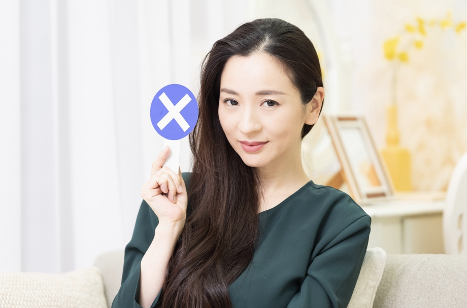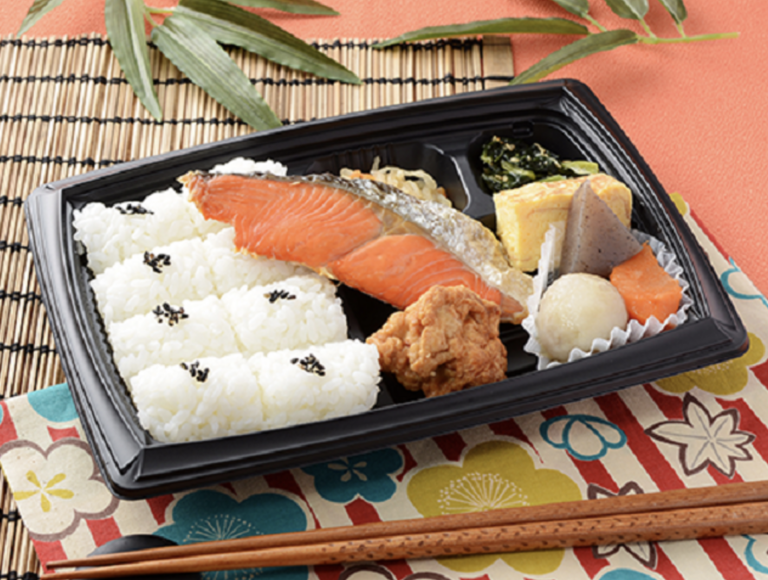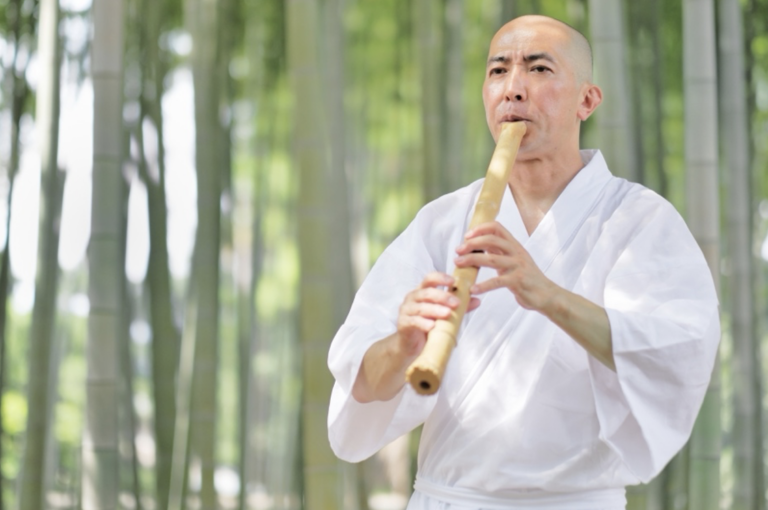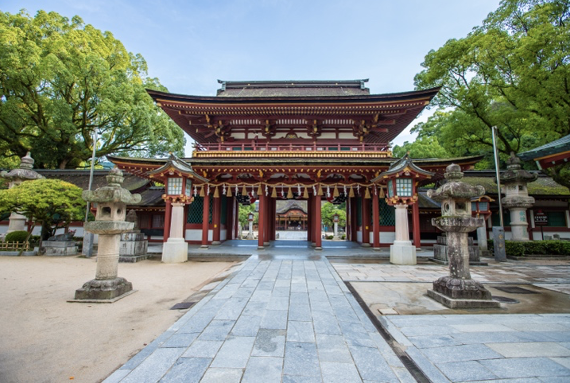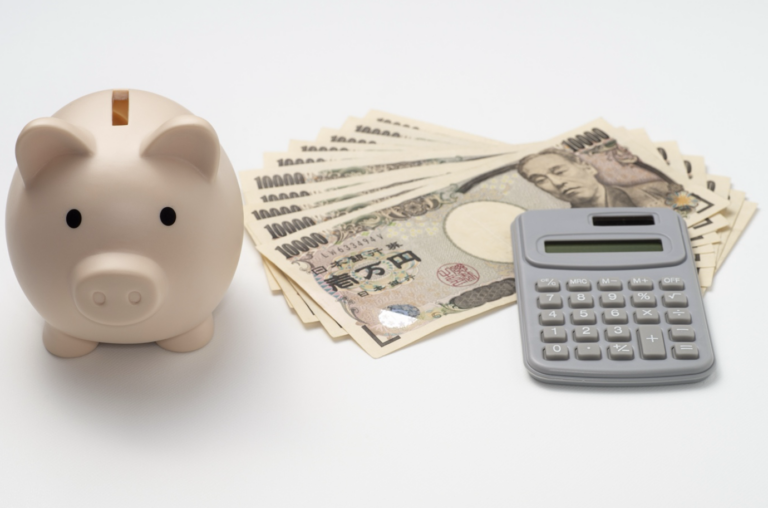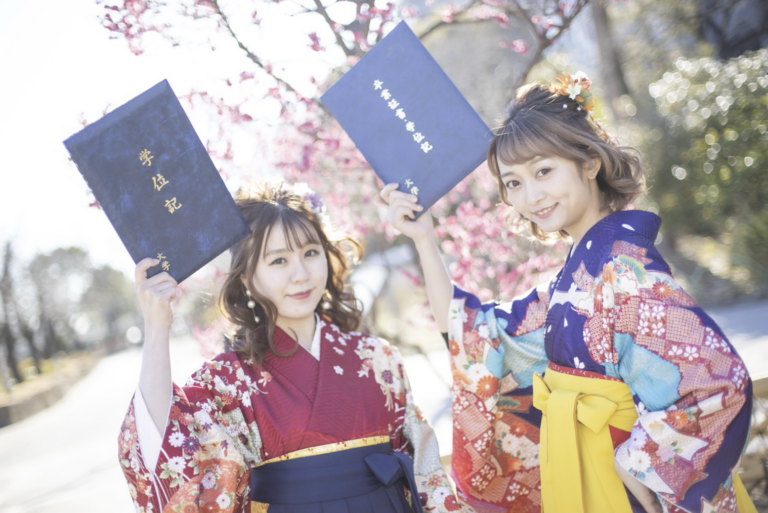More popular abroad than in Japan? What is so great about ukiyo-e?
Ukiyo-e are highly regarded as a traditional Japanese art form. I’m sure you have seen this ukiyo-e (above) before.
This is a piece by Katsushika Hokusai, a famous figure in the world of ukiyo-e.
It is part of “Fugaku Sanjurokkei” (Thirty-six views of Mount Fuji) and is one of his works depicting various views of the mountain. It is titled “Thirty-six views”, but he added more to make it a set of 46 pictures due to its popularity.
Including these pieces, ukiyo-e is more popular overseas than in Japan, especially in the West, and I would like to explain why this is the case.
What are ukiyo-e?
Ukiyo-e are Japanese woodblock prints that developed from the samurai period to around the Meiji period that followed. The word “ukiyo” (浮世絵) originated from the word of the same pronunciation, “ukiyo” (憂きの世), which means the sorrowful world in which we live, full of unpleasant things. Ukiyo-e (浮世絵) is said to have been named in this way so that people would paint fun things that would provide fun and entertainment for the viewers.
There are two types of woodblock prints and two types of brush paintings. Paintings are expensive because they are one-offs, but as they became woodblock prints and could be mass-produced, they became inexpensive for the general public to purchase and quickly became more popular.
At the time, the price in Japan was the equivalent of a bowl of soba noodles, so today it would be around 300 or 500 yen. Nowadays, even the cheapest ukiyo-e can cost up to 10,000 yen. Let’s take a look at their characteristics.
What are woodblock prints?
Woodblock prints are made by making a wooden plate for each color and layering them on top of each other. The colourful-looking woodblock-printed ukiyo-e prints are made by layering several colors. To do this, three professionals are involved in the process:
The first is the painter (“eshi”). Katsushika Hokusai was a painter. This person is the base painter.
The second person is the engraver (“horishi”). This is the person who creates the plates for each color.
The third is the printer (“surishi”), who uses the plates to actually complete the picture on paper.
How was it communicated abroad?
Have you ever wrapped a teacup or other breakable object in newspaper or other paper when carrying it? In the same way, the paper used to wrap tea bowls exported overseas was the first time this ukiyo-e artwork made its way abroad.
What looked like just packing material was actually artistic, and it became the talk of the town, and collectors started to appear in Europe.
What gave ukiyo-e their value?
First of all, the unique use of color seems to have attracted attention. The paints used in ukiyo-e are basically primary colors, without mixing, so the colours are vivid.
Another feature is the fineness of the lines, and the fact that each single hair is made by printmaking is also a major attraction. The technique used by the printer to create blurring is also a uniquely Japanese printmaking technique.
Ukiyo-e is said to have been created by a group of extraordinary technicians.
How to identify valuable ukiyo-e
It is common knowledge that famous painters are more expensive, but there are differences among them.
After the final version is completed, 300 sheets are worked on by a top-class printer in the presence of the painter, which makes them the most valuable.
These initial 300 sheets are free of discrepancies and the colours are carefully checked. After that, the prints are worked on by printers of a lower level, so there can be discrepancies, and the printing plate wears out during repeated printings. This can lead to areas where the lines become less clear. Naturally, the value drops.
The key is to look at the misalignment and clarity of the lines to determine if it is an early print. Also, precise copies exist, but these are of little value. Make sure to check the back of the paper. When the work is printed, the colours bleed through to the reverse side of the prin. This is proof that the print is a genuine woodblock print.
Another feature is that the names of the engraver and printer are written on the edge of the paper, which is hidden when the print is framed.
Incidentally, the work shown at the beginning of this article was the highest-priced ukiyo-e ever sold, fetching around 100 million yen at a French auction in 2017.
Although time has passed since their manufacture, ukiyo-e prints are still being discovered. Valuable pieces may lie in old Japanese houses. Tokyo was largely burnt down in the war, but rural houses have great potential.
It might be interesting to make friends who live in the Japanese countryside and search for ukiyo-e together!
ABE KENGO



